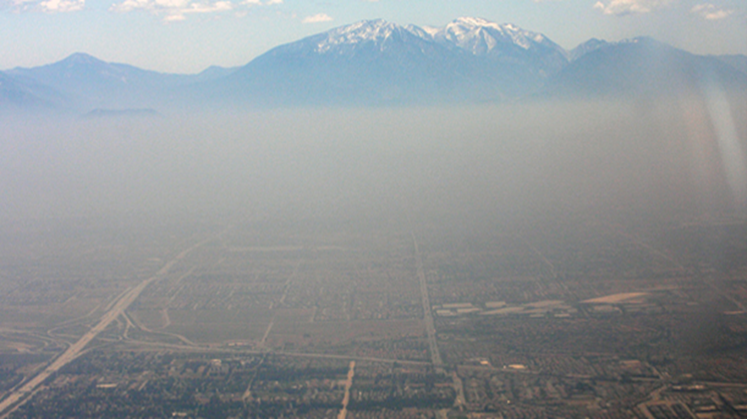NASA, on behalf of the National Oceanic and Atmospheric Administration (NOAA), has selected BAE Systems (formerly known as Ball Aerospace & Technologies Corporation) of Boulder, Colorado, to develop an instrument to monitor air quality and provide information about the impact of air pollutants on Earth for NOAA’s Geostationary Extended Observations (GeoXO) satellite program.
This cost-plus-award-fee contract is valued at approximately $365 million. It includes the development of one flight instrument as well as options for additional units. The anticipated period of performance for this contract includes support for 10 years of on-orbit operations and five years of on-orbit storage, for a total of 15 years for each flight model. The work will take place at BAE Systems, NASA’s Goddard Space Flight Center in Greenbelt, Maryland, and the agency’s Kennedy Space Center in Florida.
The GeoXO Atmospheric Composition (ACX) instrument is a hyperspectral spectrometer that measures a wide spectrum of light from ultraviolet to visible. The instrument will provide hourly observations of air pollutants emitted by transportation, power generation, industry, oil and gas extraction, volcanoes, and wildfires as well as secondary pollutants generated from these emissions once they are in the atmosphere. By providing continuous observations and measurements of atmospheric composition, ACX data will improve air quality forecasting and monitoring and mitigate health impacts from severe pollution and smoke events, such as asthma, cardiovascular disease, and neurological disorders. Data from ACX also will help scientists better understand linkages between weather, air quality and climate.
The contract scope includes the tasks and deliverables necessary to design, analyze, develop, fabricate, integrate, test, verify, evaluate, support launch, supply and maintain the instrument ground support equipment, and support mission operations at the NOAA Satellite Operations Facility in Suitland, Maryland.
The GeoXO program is the follow-on to the Geostationary Operational Environmental Satellites – R (GOES-R) Series Program.
The GeoXO satellite system will advance Earth observations from geostationary orbit. The mission will supply vital information to address major environmental challenges of the future in support of weather, ocean, and climate operations in the United States. Advanced capabilities from GeoXO will help address our changing planet and the evolving needs of NOAA’s data users. NOAA and NASA are working to ensure these critical observations are in place by the early 2030s when the GOES-R Series nears the end of its operational lifetime.
Together, NOAA and NASA will oversee the development, launch, testing, and operation of all the satellites in the GeoXO program. NOAA funds and manages the program, operations, and data products. On behalf of NOAA, NASA and commercial partners develop and build the instruments and spacecraft and launch the satellites.
For more information on the GeoXO program, visit:
https://www.nesdis.noaa.gov/geoxo
-end-
Liz Vlock
Headquarters, Washington
202-358-1600
elizabeth.a.vlock@nasa.gov
Jeremy Eggers
Goddard Space Flight Center, Greenbelt, Md.
757-824-2958
jeremy.l.eggers@nasa.gov
John Leslie
NOAA’s National Environmental Satellite, Data, and Information Service
202-527-3504
nesdis.pa@noaa.gov


























